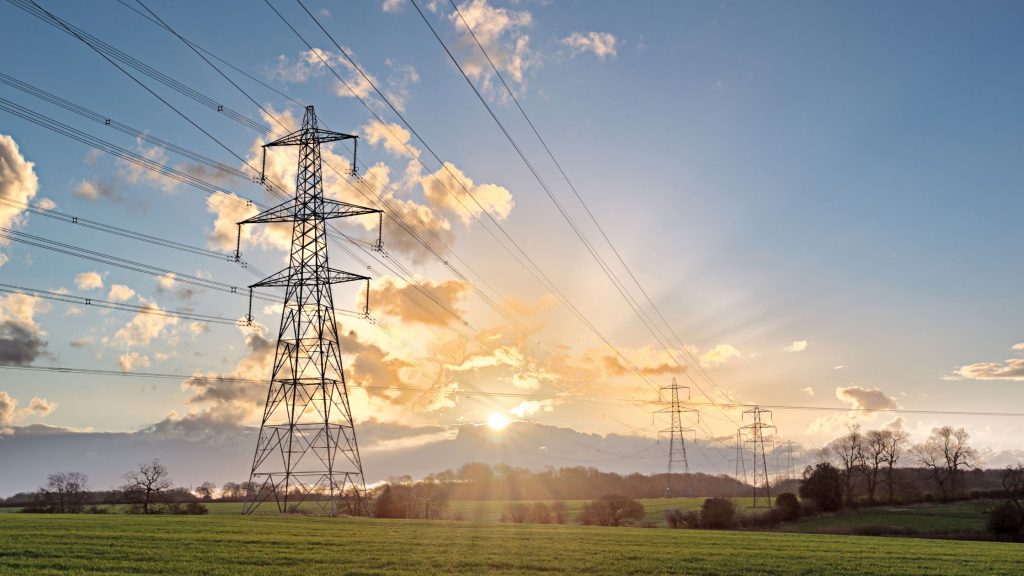The move to green energy in Scotland will impact almost all farmers, even those whose land isn’t suited to turbines or solar panels. The National Planning Framework 4 (NPF4) sets out guidance resulting in a general assumption in favour of planning being granted for the renewable developments that result in more green energy production which will significantly increase our current baseline.
This vast increase in demand for green energy will necessitate an overhaul of existing electrical infrastructure and the addition of swathes of new infrastructure to both produce and transmit this volume of green electricity. So vast is this target, that the National Grid commented, “Over five times the amount of new electricity transmission infrastructure will need to be delivered in the next seven years than has been built in the past 30 years”. With this level of development both in production and transmission, landowners, tenants, and their businesses will inevitably be impacted by the works – but with this comes massive opportunities for new income streams.
D&R has many years of experience in dealing with such projects, and we have highlighted 5 ways farmers can financially benefit from the Scottish push for greener energy and crucially, how to do it without incurring costs.
These include renewable energy, energy storage, grid connections, access agreements, and electrical infrastructure, and we covered these and how to make them work to your benefit, in our AgriScot seminar “5 ways green energy could make more money from your land (and it’s not just about turbines)”.
- Renewable Energy – By 2030 Scotland aims to generate 50% of its energy consumption from renewable energy, so there is a pressing need for more sites to house solar panels, wind turbines, and electric vehicle charging points. These pose a massive opportunity to create an income stream by working with developers. Land that is underutilised can be repurposed for housing renewables, and in some cases, the land can both house renewables and still be used for grazing, making existing landholdings work much harder in delivering revenue for the business without a need for the landowner or tenant to carry the costs of installation. Renewable Energy opportunities can be on a micro farm level e.g., solar panels on shed roofs or macro scale with large renewable developers building out large Mega Watt schemes.
- Energy Storage – An amnesty by the Distribution Network Operator, means grid capacity has been freed up for development of battery energy storage systems. Even those who have previously investigated this potentially lucrative option and were told that there wasn’t capacity available for their site, might now have viability. However, it’s important to call out that this is a limited opportunity and interested parties will have to act fast to be able to exploit it. Due diligence is still important when choosing a developer so expert advice is important, and support is available to match prospects to a developer.
- Grid connections – Wind turbine (onshore and offshore) and solar panel developers need to link their kit to the grid. These grid connections could impact multiple landholders as the connections travel across their land, which creates an opportunity for commercial incentives for granting the necessary rights over your land. A word of caution as there are also threats of compulsory purchase order powers being implemented, so support at an early stage from D&R will help you to effectively navigate this and maximise this potential income stream.
- Access Agreements – Even if your land isn’t suited to turbines, it may still be impacted as they are transported to site. Technology has advanced massively to produce turbines that can produce more energy more effectively, and this has meant that they are substantially larger as a result. This can pose a significant challenge in transporting them to site, and can mean that developers require access, even to very small proportions of properties along the access route. Access produces rent and compensation, and in many instances, can prove to be a substantial income stream. Engagement with D&R at an early stage to support negotiations in your interest are essential to ensure you don’t fall foul of pitfalls, safeguard your existing business and maximise returns.
- Electrical Infrastructure – The huge increase in demand for green energy means that existing electrical infrastructure needs to be upgraded and new onshore connections built. The impact of this for farmers’ land and businesses is less about making money, and more about maximising value, mitigating loss, protection from short term and long-term impacts, and ensuring appropriate compensation.
Accessing sound advice around how to do this is critical. D&R have a wealth of experience in supporting clients through their claims to the statutory undertakers, and (importantly for clients) we have no conflict of interest as we do not represent any of the utility providers unlike many other Surveying firms. In most cases, costs for this support will be met by the utility provider.
For all types of energy, negotiating terms on land requirements, extension of rights granted, along with return/ransom and non-exclusivity and termination agreements can add value to your property. Engaging with D&R for support in assessing options, accessing in-market developers, forming agreements, and making claims will ensure an optimal outcome for your business and could enhance its value.
For more information contact our Utilities, Energy & Infrastructure Team on 0131 449 6212.



